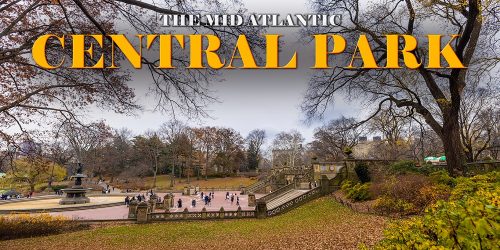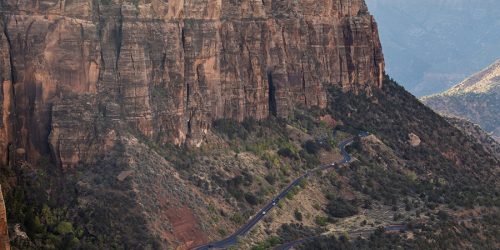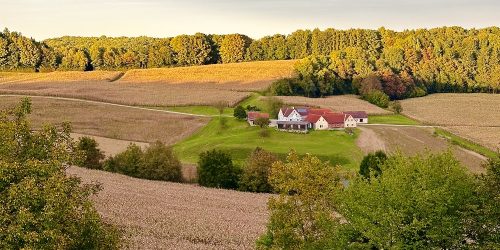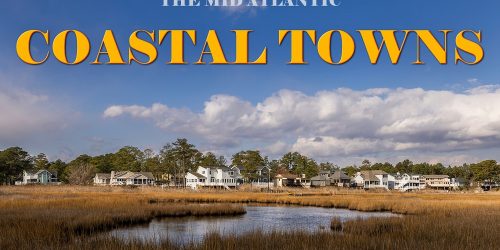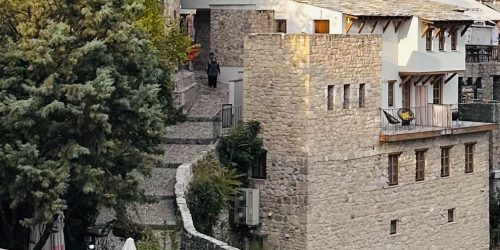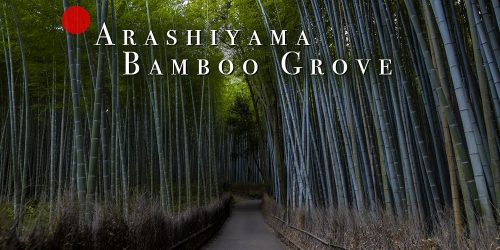Discovering Istria: Groznjan and Motovun
Istria, Croatia’s heart-shaped peninsula tucked into the northwestern corner of the country, is a land where rolling hills meet the sea, and medieval villages perch like timeless sentinels above vineyards and olive groves. It’s a place where past and present exist in harmony, where Roman ruins lie beneath cobbled lanes, and the scent of truffle and lavender fills the air. Although my home base during this trip was the charming coastal town of Umag, I decided to start this travel series inland, where I felt the soul of Istria truly comes alive. Together with my mom and our dog Beni (who was a real champ at 16 years old and enjoying his time), I embarked on a day trip to two of the most picturesque hill towns in Istria: Groznjan and Motovun. Both are known for their rich histories, stunning vistas, and artistic atmospheres, and both offered us a peaceful yet enriching escape.
Groznjan: The Town of Artists and Music
Our first stop was Groznjan, a town that feels like stepping into a quiet painting. As we arrived and found a place to park just outside the old town walls, the first thing I noticed was the stillness, apart from the occasional footsteps echoing off stone alleys. Groznjan is often called the “Town of Artists,” and it’s easy to see why.
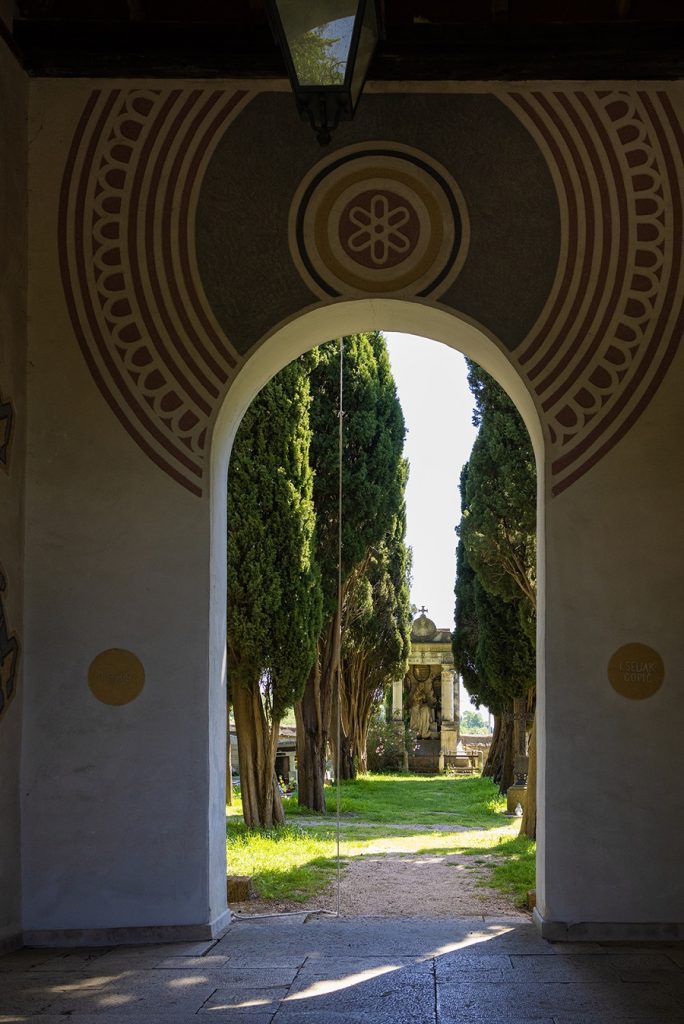
Groznjan dates back to the Middle Ages and was first mentioned in 1102. During the Venetian era, it was a strategic stronghold, perched high above the Mirna River valley. Remnants of its defensive walls still frame the town, and the Venetian influence lingers in the elegant stone architecture and shuttered windows.
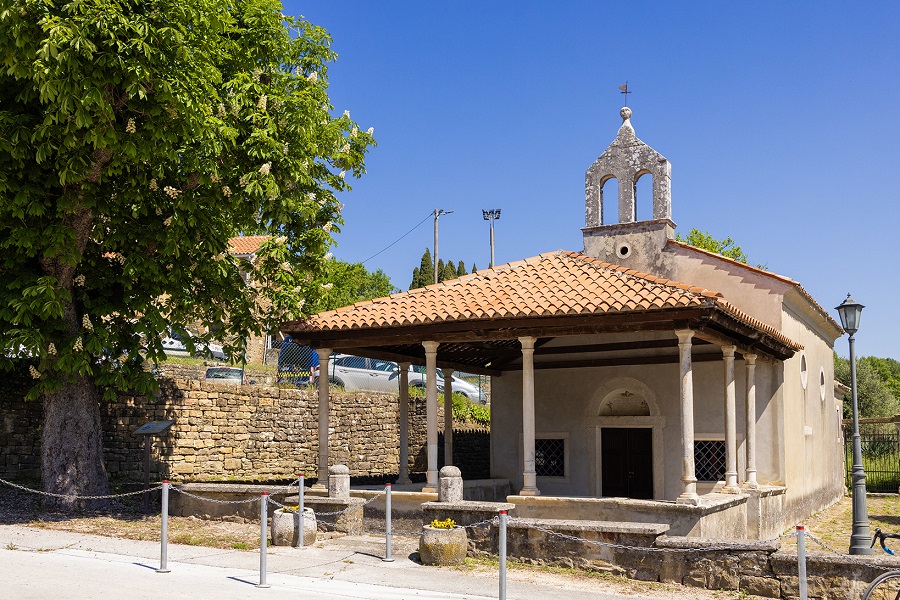
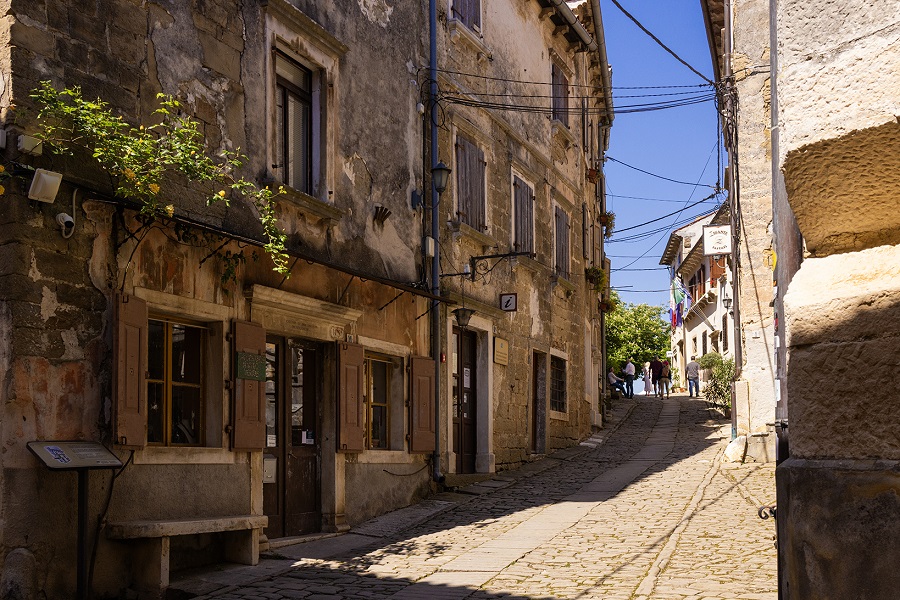
In the 20th century, the town faced abandonment as residents moved away. But in the 1960s, artists from across Yugoslavia began settling here, bringing life back to its quiet alleys. Today, Grožnjan is home to more than 20 art galleries and studios, and every summer, it becomes a hub for young musicians and painters thanks to the Jeunesses Musicales International Cultural Center.
As we wandered the narrow, winding streets, I couldn’t help but admire the handcrafted jewelry, paintings, and pottery in nearly every open doorway. My mom paused often to peek inside studios, while Beni enjoyed the walk, sniffing around every centuries-old corner. We took a break on a small stone bench near the town’s main square, just outside the Church of Sts. Cosmas and Damian, which dates back to the 14th century. Its Renaissance and Baroque touches add to the town’s unique character.
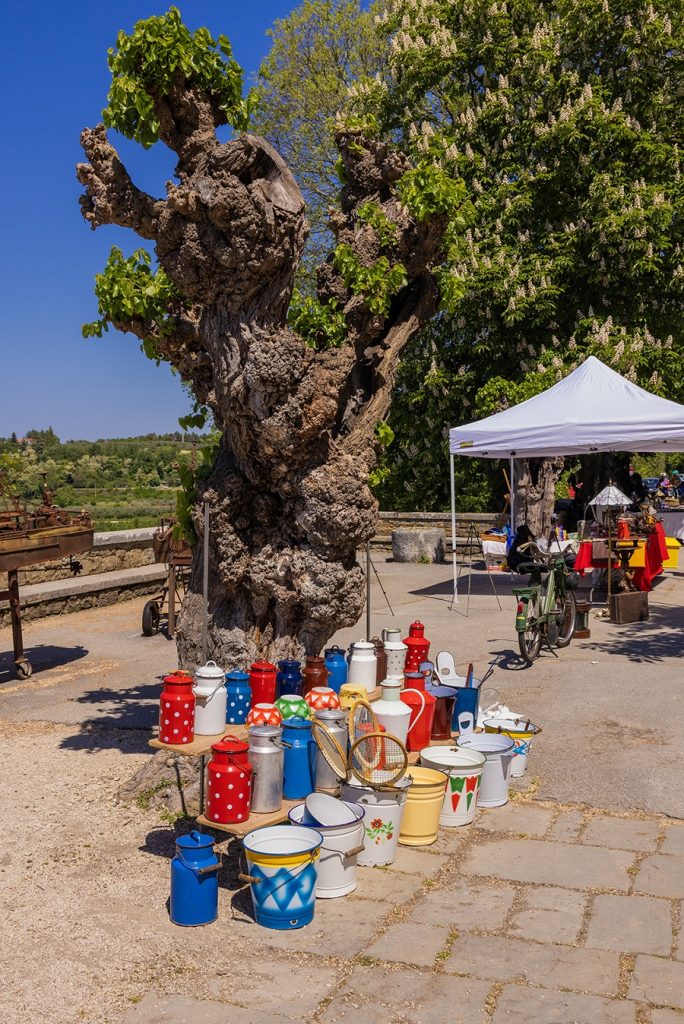
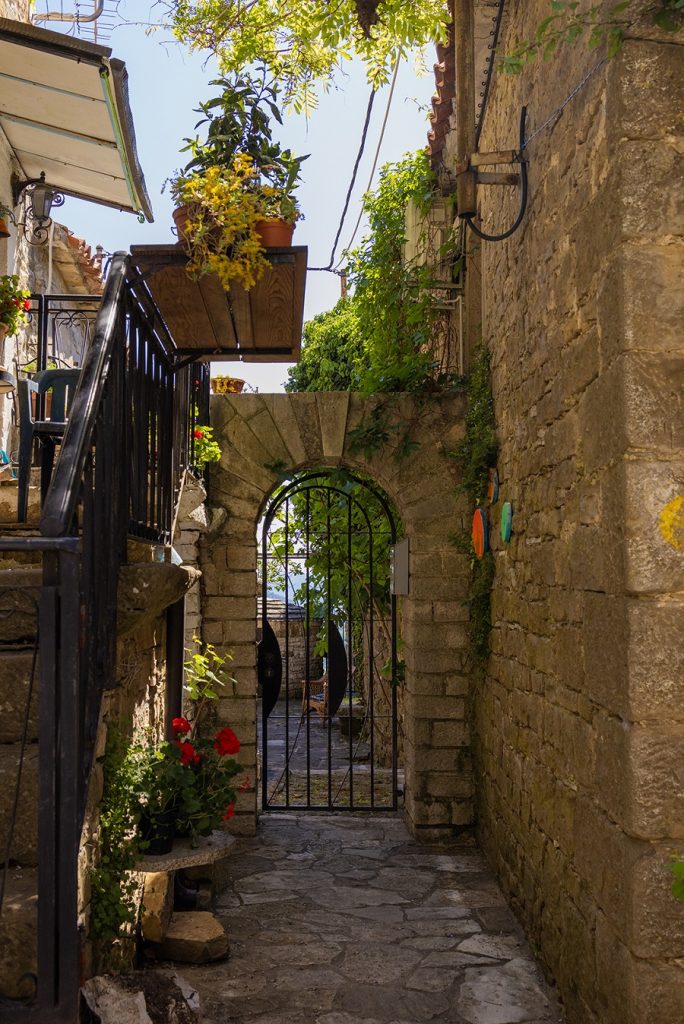
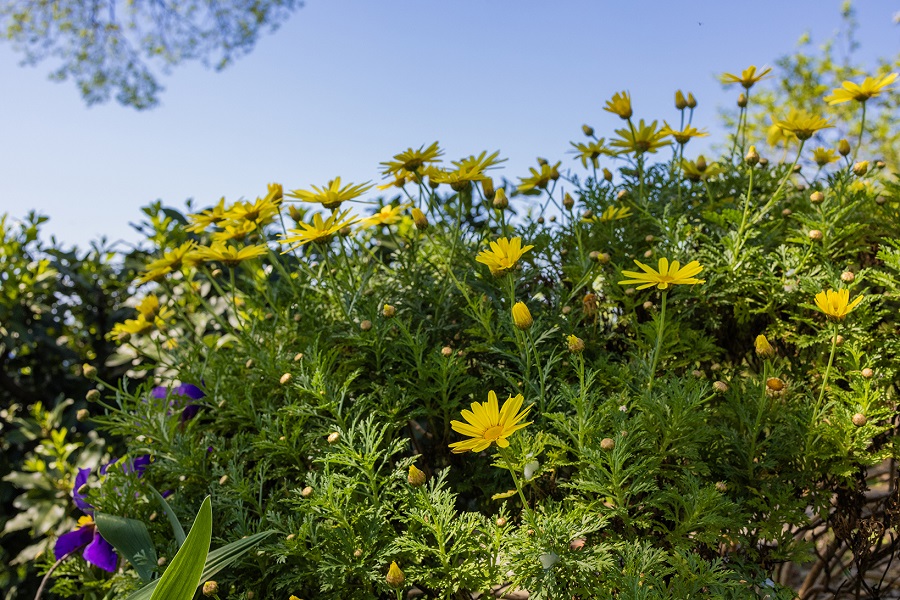
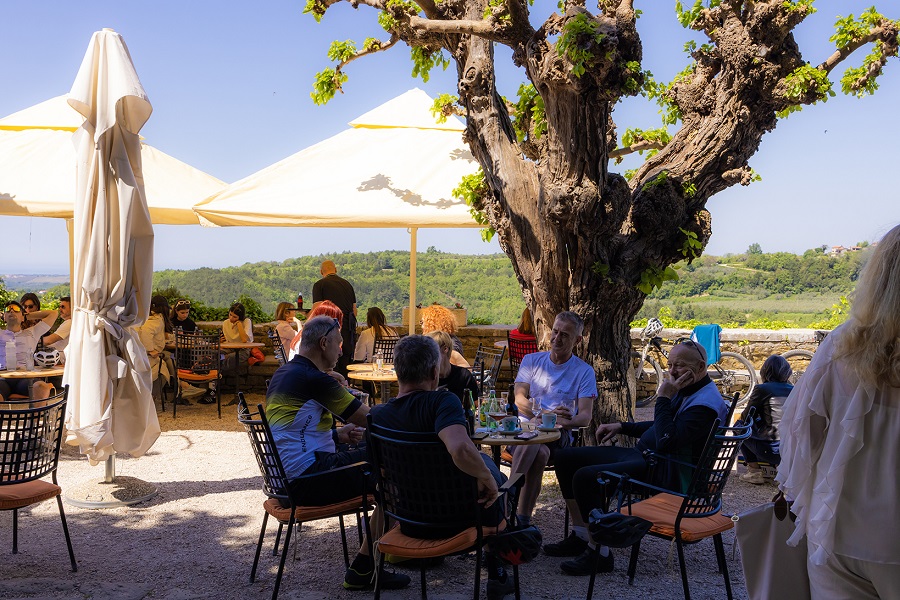
The views from Groznjan’s edge were breathtaking, rolling hills dotted with olive trees. If tranquility has a physical form, it surely lives here.
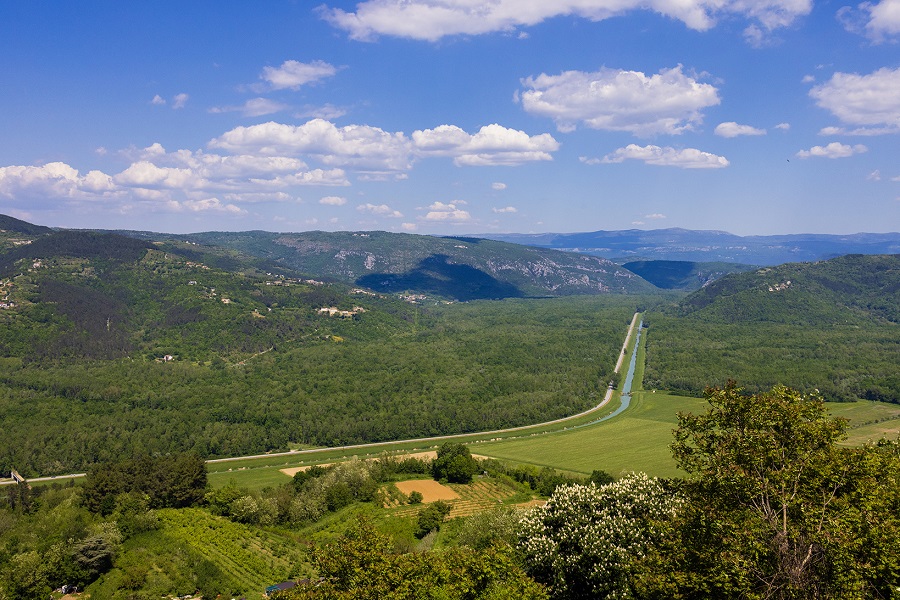
Motovun: A Medieval Jewel Above the Valley
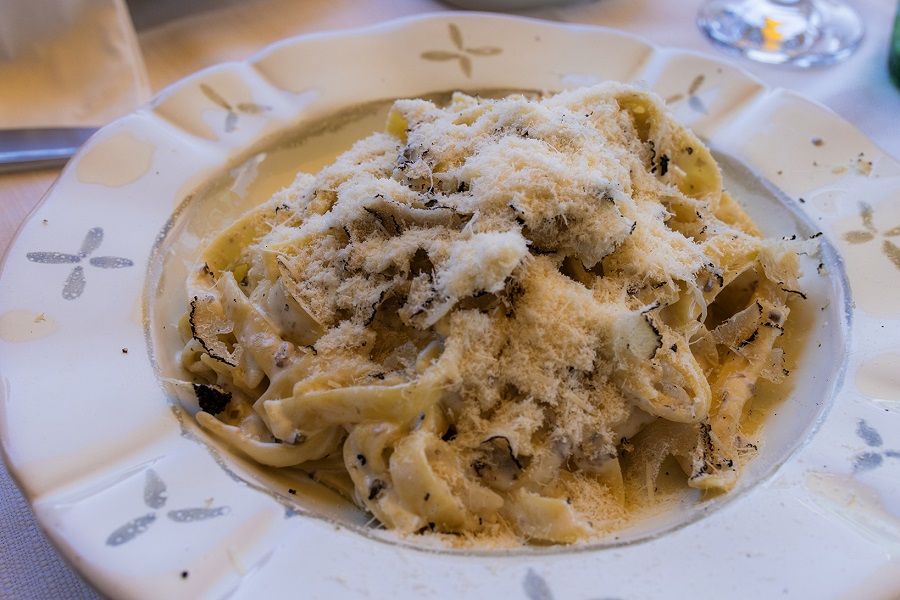
From Groznjan, we drove about half an hour through winding roads and forested hills to reach Motovun, arguably the most iconic hilltop town in Istria. As we approached, its silhouette emerged like something from a fairy tale: stone walls, terracotta roofs, and a tall bell tower rising from the center, all perched atop a steep hill. It was lunch time so we found a small restaurant with outdoor seating where we chad pasta with truffles, which are a regional highlight here.
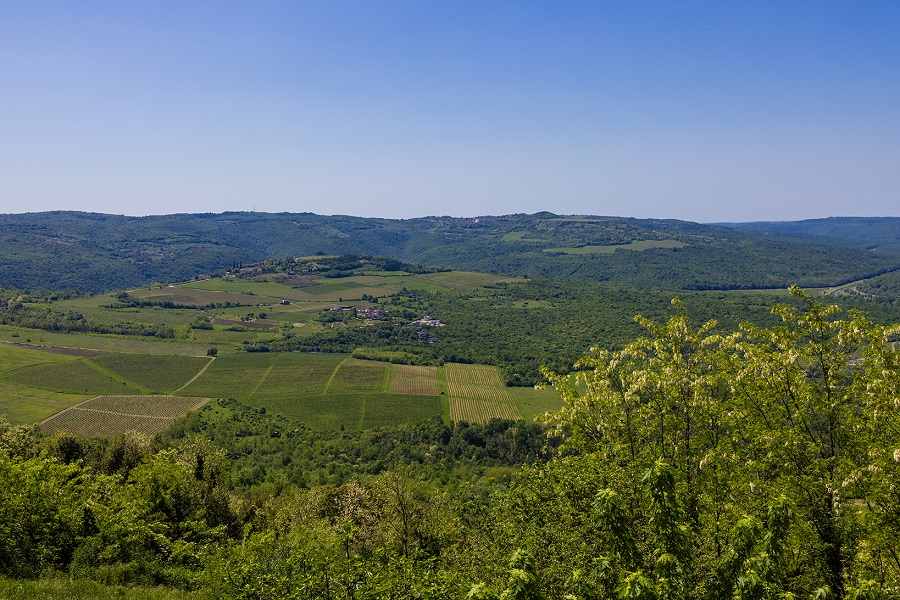
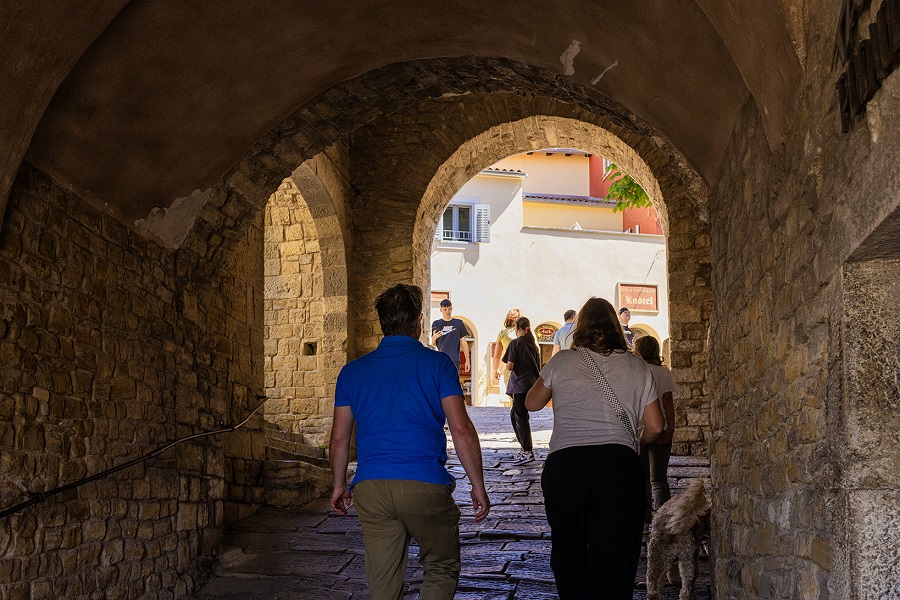
Motovun’s roots stretch back to pre-Roman times, originally inhabited by the Illyrians and later the Celts. The town flourished under Venetian rule, becoming a critical point of trade and defense in the region. Much of Motovun’s current structure reflects its medieval glory, with thick stone walls and a tight layout designed for protection.
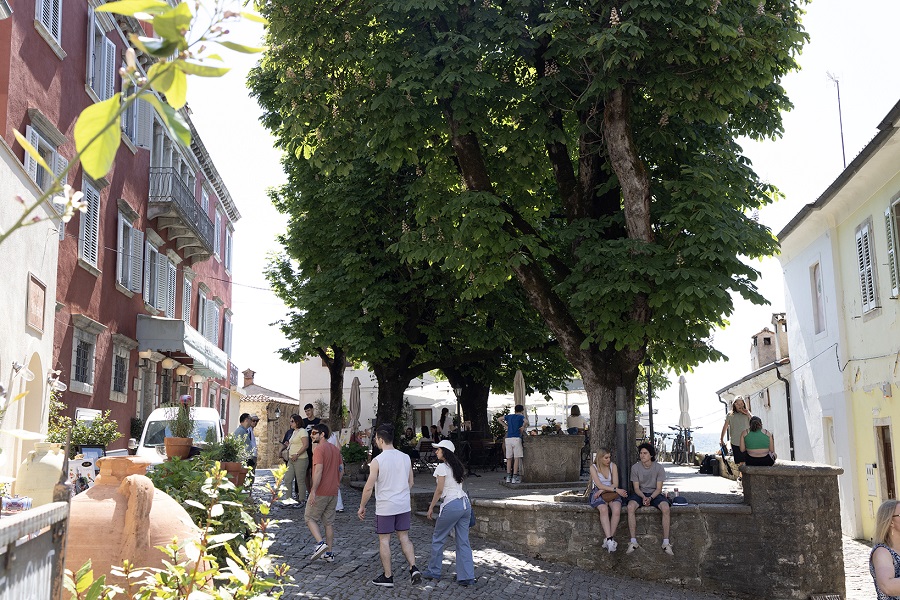
Motovun is also famous for hosting an international film festival every summer, which brings a youthful buzz to the otherwise quiet streets. While the town wasn’t crowded during our visit, we did spot a few tourists enjoying coffee on shaded terraces.
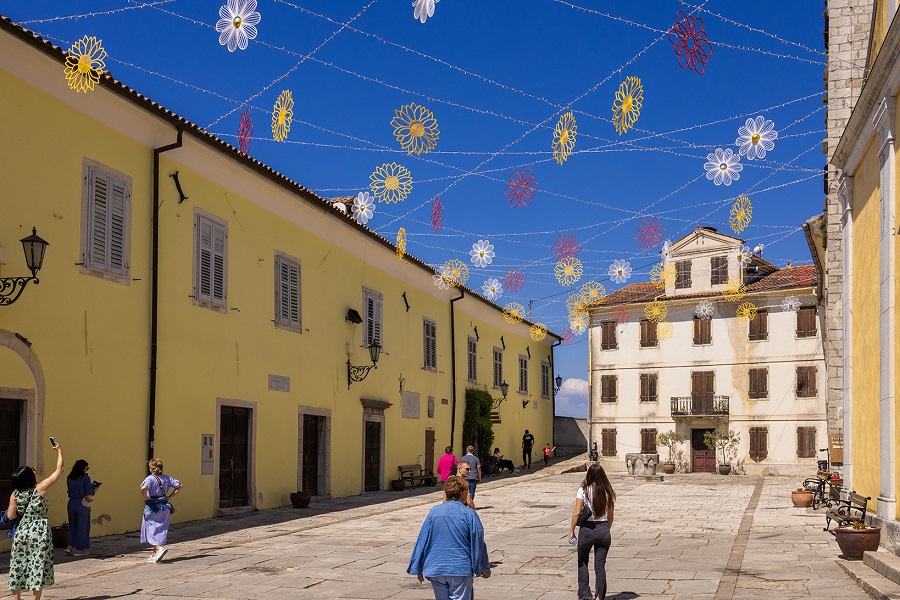
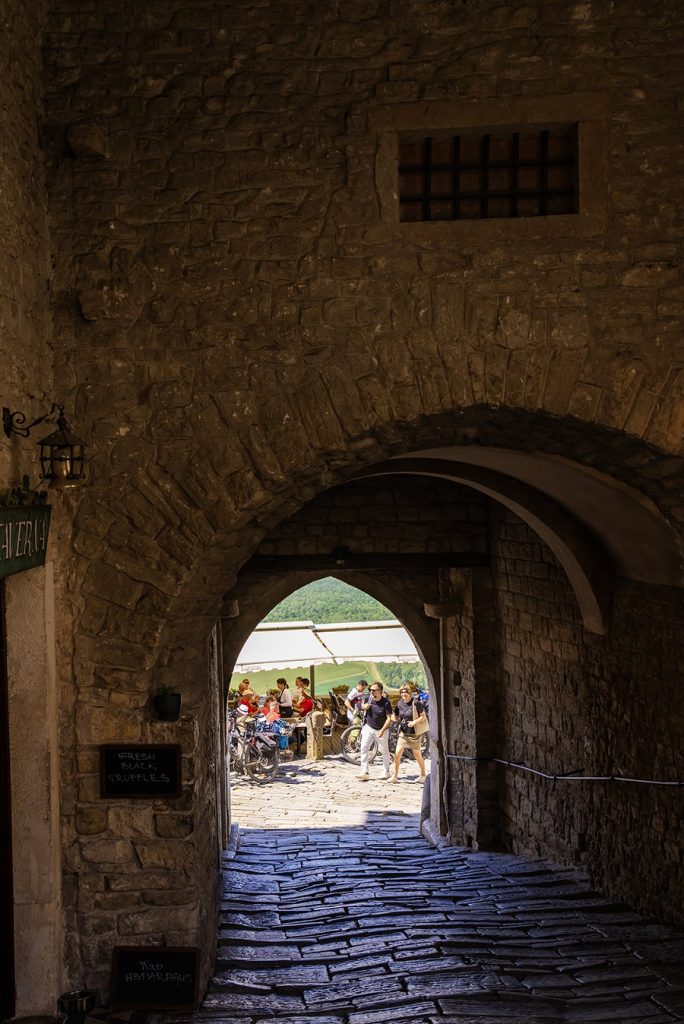
We explored the old city walls, which can still be walked today. The panoramic view from the top is one of the best in Istria, stretching over forests (including the famous Motovun Forest, a truffle-rich area), rivers, and endless vineyards. I imagined what life might have been like centuries ago, with merchants arriving on horseback and church bells echoing through the valley.
Beni trotted along happily, getting plenty of attention from shopkeepers and passersby. It was one of those rare travel experiences that feels both completely new and deeply familiar at the same time.
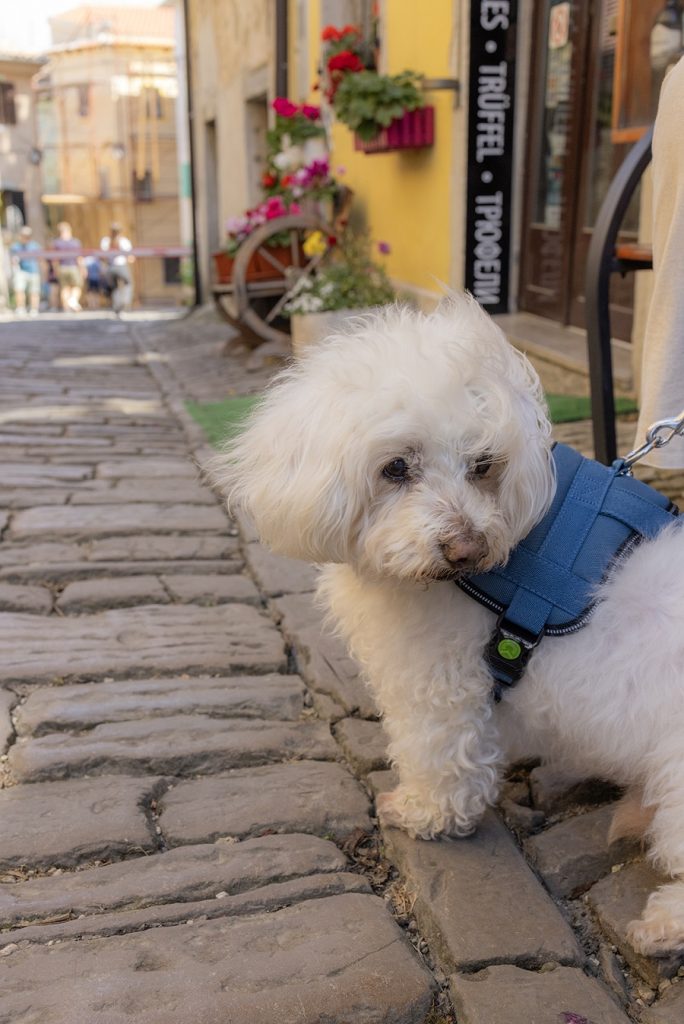
This inland journey to Groznjan and Motovun reminded me why Istria is such a special place. It’s not just about the beauty, though that alone is enough, it’s about the blend of cultures, the layers of history, and the quiet way time seems to slow down. Traveling with my mom and Beni made the day even more memorable. We laughed, took photos, and simply soaked in the atmosphere, knowing that moments like these are rare and precious.
In the next part of this series, I’ll explore more of Istria’s coastal gems, but for now, my heart is still somewhere between the alleys of Groznjan and the views from Motovun’s ancient walls.

